Radioactive Nuts, Politics, Blue Chips and Planetariums. Still BAW'18
- Christian Hain
- Oct 6, 2018
- 7 min read
Updated: Mar 23, 2020
(Berlin.) If on the occasion of your visit to Berlinische Galerie’s Julien Charrière exhibition, which recently opened to honour the artist with an award, you don’t trip over a cunningly positioned black seating block or loudspeaker in the dark screening room right at the start - thank me. Because I did, and was immediately approached by an official-looking gentleman who would thank me for pointing out where the exhibition design still needed some fine-tuning before the grand opening. (We’re still on the BAW’18 preview tour here.) Swiss born, Berlin graduated and living, Julien Charrière enjoys the lifestyle of an old school explorer. To him, going on vacation doesn’t spell queuing at the Louvre or sipping Mojitos on Koh Samui, no, his travel plans are usually more ... radiating. Having paid a visit to Chernobyl a couple of years ago, this time it was off to Spring Break without, and on, Bikini. The Bikini Atoll, of course, is reputed as the American Mururoa ever since the US nuclear forces staged explosive happenings there decades ago.
Charrière brought home a selection of videos and photographs, idyllic images from above and underwater. To the omnipresent sounds of a diver’s heartbeats and lungs breathing, the background screen projects a ship’s screw in the muddy, radiant, waters the artist explored himself. In the foreground, a large ship’s bell hangs suspended from the ceiling, recreated from historical plans. Cables and steel connect it to a bundle of sea water filled plastic bags specially brought to Berlin (would it change anything if he just pretended it, and took tap water from Berlinische?) that bears a certain resemblance to a human heart (the bundle as a whole), or breast implants (the individual plastic bags). The physical link creates a sort of unstable balance - uh-oh: symbolism.
The shadow plays on the floor are no less interesting - jellyfish? We learn how on Bikini Island, coco palms have gone nuts, routinely mistaking caesium for calcium and drawing it from the soil (could happen to the best of us - or what were your chemistry grades in school like?). Those nuts come around, surf a stream or other, then multiply elsewhere in the world. Yummy. At Berlinische, leaden coconuts like cannon balls are found lying in heaps on the floor (some of us were tempted to pack a pair in our bags, with the label BAW).
In a symbolical, and metaphorical, way, visitors thus find themselves not merely in troubled waters, but under the sea. The show’s title As We Used to Float is supposed to remind us, “we’re no (longer) passive beholders in an outside position, but very active in the picture.” You could read it in a different way, too: with time and by nature, even that war ship rusting and rotting away in the depths off Bikini will slowly turn into a coral reef. Nature survives (even climate change, from a broader perspective, a heretic would say), it’s in its nature and the nature of things. Upon request, the artist denied having ever heard the words "panta rhei".
Artistic analogies to more current hypes and events are often a bit cheesy, in your face, and even off the mark, but man can be mean to (other parts of) nature, on this we can all agree, I think. And nuclear war is bad, mkay?
nk...something, another Berlin-Kunstverein-Gesellschaft thingy near the gallery sector between August- and Linienstraße wants to tell you of 1960s Antwerp art space A37 90 89 (a telephone number, not a Bikini body). Participating artists have been much more concerned about politics than art, an attitude not alien to our own times. All you need to see is a poster with the house rules: “–> No Limitation by Politics or Morals (-> ...) –> No admission of undemocratic groups or autocratic persons”. This was not a neo-DaDaist movement celebrating all (self-)contradictions. A37 90 89’s story culminated in a putsch by Panamarenko (Henri van Herwegen) who unceremoniously declared himself the maximo lider, changed all locks, and transformed the (more or less) public art space into a personal studio. A history lesson. In between stand works by Carl Andre and others, but honestly not overtly interesting ones.
Upstairs waits a different show, and curators loudly mourned Geta Brătescu’s inability to attend in person, owing to her recent demise. Suffering many years of persecution in her home country of Romania, under authorities who shared quite a few views and personality traits with the artists of A378089, Brătescu created artworks in multiple styles. It’s a great curatorial choice. But the best reason to visit (or at least pass by) here is Ceal Floyer’s mural installation outside. Possibly inspired by cartoons, she’s put clearance height signs just about everywhere on the facade.
Our little excursion (almost) comes to a close at newly opened Palais Populaire, where Deutsche Bank now has moved their art collection to. Like the previous space, it’s on Unter den Linden boulevard in central Berlin, only further to the East and occupying a former Prussian princess’s residence. DB employees are actively encouraged to visit (read: very much expected to provide visible proof of their “open-mindedness”, “education”, and “social awareness” that won’t be overlooked in the next round of promotions); you'll see suits, haircuts and faces you don’t often meet with in art. And still I doubt, any of them will spent the next bonus at art Berlin (or Positions).
As regards the show, let’s just cite the, abridged, artist list (all works are “on paper”, i.e. drawings or similar): Artschwager-Cage-Naumann-Baselitz-Trockel-Weiner-Kapoor-Knobel-Riley-Lüpertz-Ofili-Beuys-Kentridge-Richter-Kippenberger-Yan-Polke-Warhol-Rosenquist-Schütte-Murakami.
That’s about as interesting as it gets. Blue chips, not in every case with their best works (on paper). After a while, you stop looking at the pictures altogether and read only the labels, to tick a checklist in your mind. They should hand out Bingo cards at the entrance. (To be absolutely honest, there are also works of those lesser known artists, DB Collection has shown in the former exhibition space, but they’re certainly not the main attraction.) In the whole historic building, there's only one listed part, a staircase and its balustrade that were originally installed in another chateau; here they serve as the background for a drawing-film not of William Kentridge, but Zilla Leutenegger.
Deutsche Bank stresses the fact that this is a “palace for the people, for everyone”, with free admission every Monday. Meaning, even those will get in who otherwise could never dream of an account at Deutsche Bank (artists, for instance).
I liked the caterer (honestly!) – this was the final stop of BAW’s press preview tour and it ended in style with wine and champagne at 4 p.m. – casually approaching two aspiring writeresses who would indeed be an adornment to every surrounding, and tell them about future events: There won’t be just art in the Palais, but a posh bar too. First rule of the hospitality industry: “ambiance” means distraction, create it by either showing sports on TV or pretty faces and able bodies. The guys will flock in without ado, and spend more than ever.
One more thing: Planetariums are cool, or as the boss of Hamburg Planetarium that recently - on the occasion of BAW - opened an off-space on artist residence Kunstquartier Bethanien’s extensive front lawn, put it: “You visit them twice in life, with your parents and your kids”.
This, a little downsized, version, milky white on the outside, looks like one of those design lamps you put on the ground (but larger), and that themselves are reminiscent of a snowball. (Yeti excrements could be another association, or the lawn/carpet suffering from festering herpes, or one of those Charrière coconuts painted white, or - enough.) Planetariums enjoy a long and rich history - Globe of Gottorf, anybody? -, and this one is going to host projections of art films, which at least is less extravagant, and costly, than building a replica of the Berlin wall.
They cherish rather optimist dreams of exporting “films for planetariums”, a US tour is projected for the near future. For the Berlin venue, plans exist already “for the next twenty years”. Ever heard of a thing called IMAX, have you? Or those little goggles that could – and probably will - virtually replace planetariums sooner than later?
Irish artist, animator and video game designer David O’Reilly is the first to invest the sphere. You lean back, even lie down, and listen to spherical sounds while things are falling in your general direction without ever hitting home (or was it upwards, away from you?). Cartoonish blue skies change for outer space, black with green nebulas, yet the animations stay the same all time basically: only the objects - that, besides, would do credit to every classic jump’n’run game, - change. It’s a long film, and it can become tedious as soon as you grab the overall concept, which seems to be a journey through existence, from birth to death and beyond, featuring single cells, spermatozoa, crustaceans, fish, bigger fish, and later even mammals, batteries and toy cars. On the inside of a UFO, things get trippy. You’ve ever heard of those little hand operated kaleidoscopes? Guess what, now you can reach the same effect with highly expensive state-of-the-art technology. Maelstroms, kaleidoscopes and flashy colours, had we had a chance to watch this before the press conference, somebody would surely have approached David O'Reilly: ‘”great film, dude, but between you and me: 'did a lot of acid then?” Without a doubt the installation to visit when the Hoffman/Leary fan club is coming to town. Be warned, though: In the end it turns to a bad trip, with piles of skulls and bones, but not really surrealist. Admission is free, that’s cheaper than those mushrooms, unless you harvest them yourself. But will the cosmic entities prefer these new forms of communications and media to old school channeling? Maybe that's indeed what is lacking here: a shamanic guide.
In case you wonder: those two bright dots to the left side are not reflections of the emergency exit signs but damages to the screen, as a technician confirmed.
Berlin Art Week with:
Julien Charrière, 27 September 2018-8 April 2019, Berlinische Galerie,
The Invention of Neo-Avantgarde, 27 September 2018-27 January 2019, n.b.k.v.,
The World on Paper, 27 September 2018-07 January 2019, Palais Populaire,
David O'Reilly, Eye of the Dream, 26 September-04 October 2018, Berliner Festspiele/Immersion: The New Infinities - New Art for Planetariums, Kunsthaus Bethanien/Mariannenplatz
World of Arts Magazine - Contemporary Art Criticism

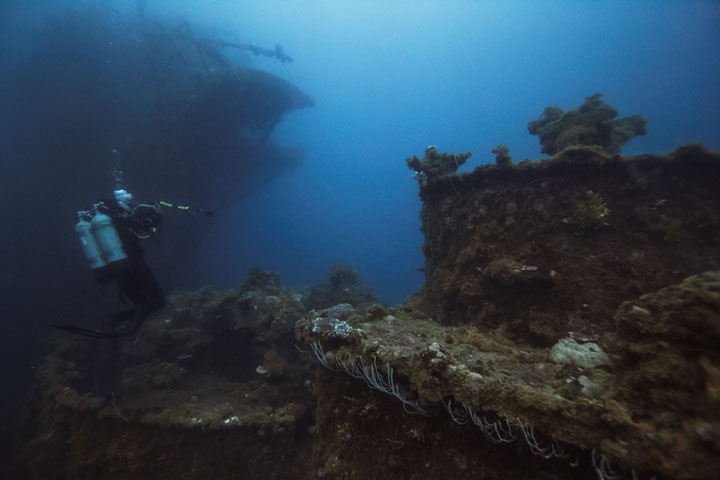

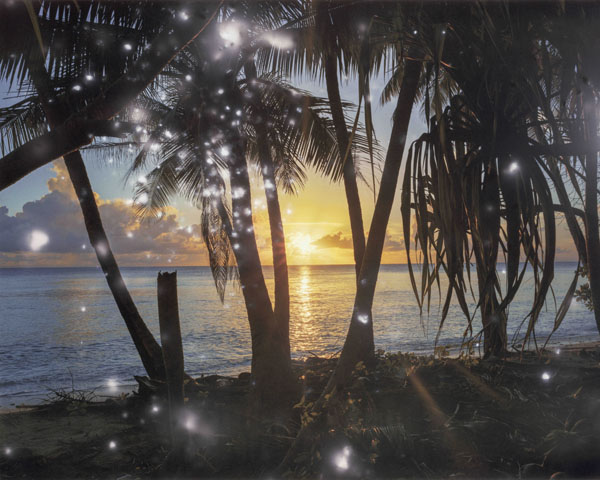

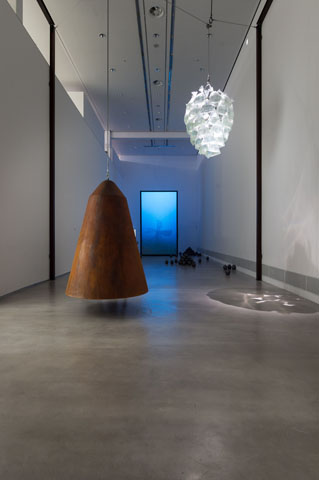

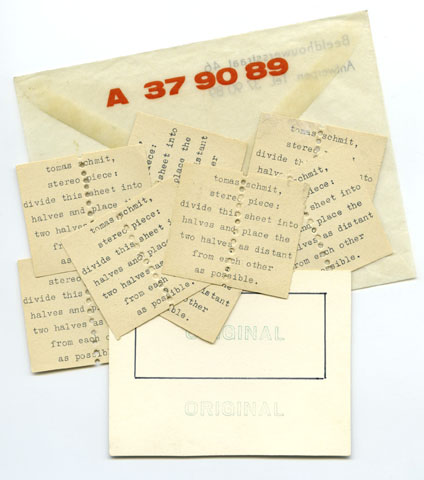

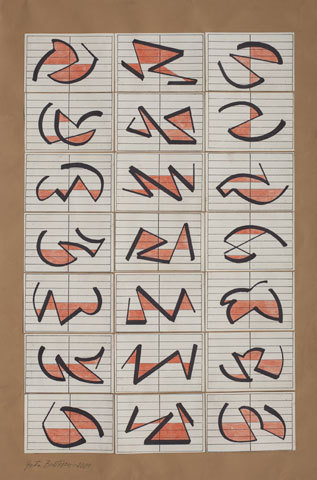

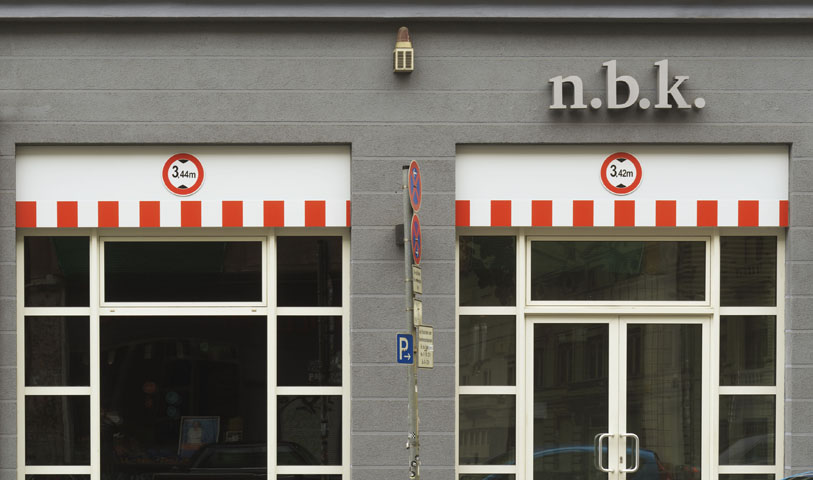

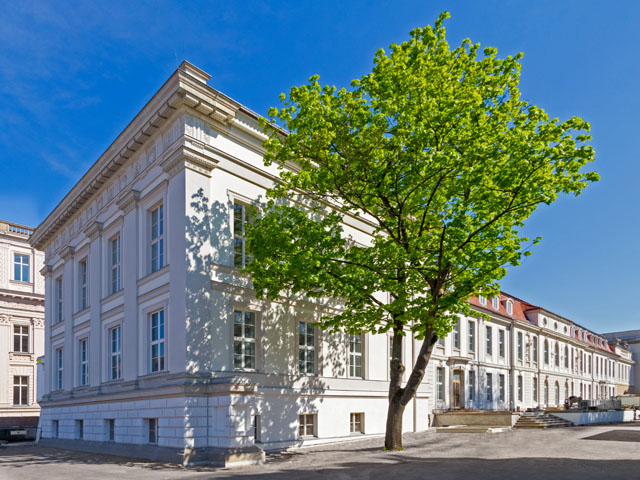

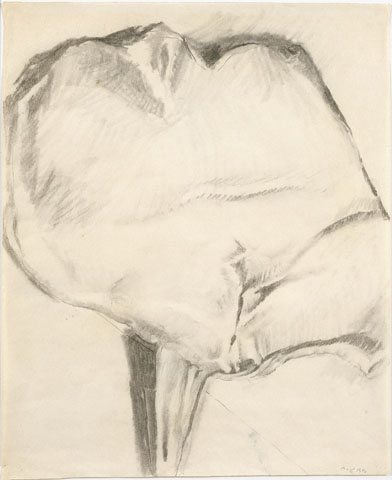

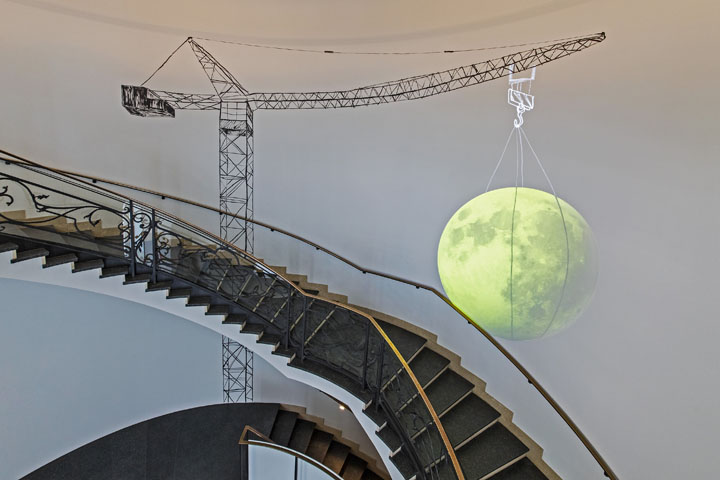

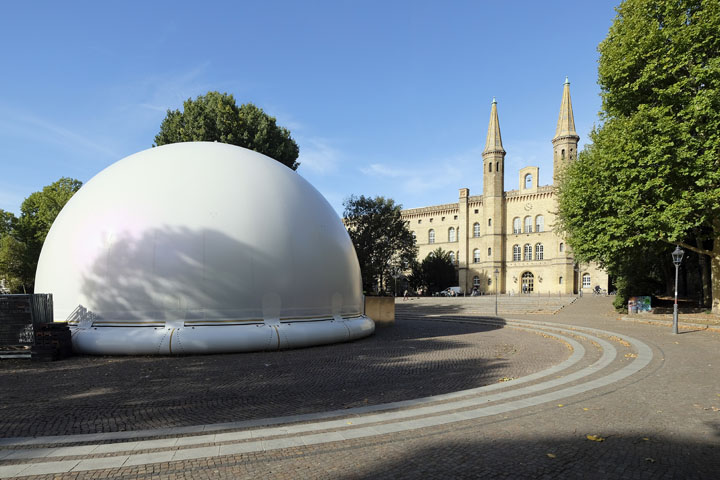

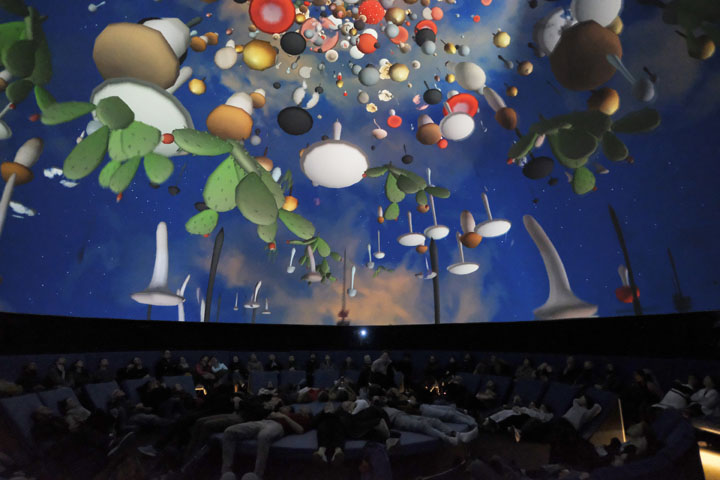
Comments